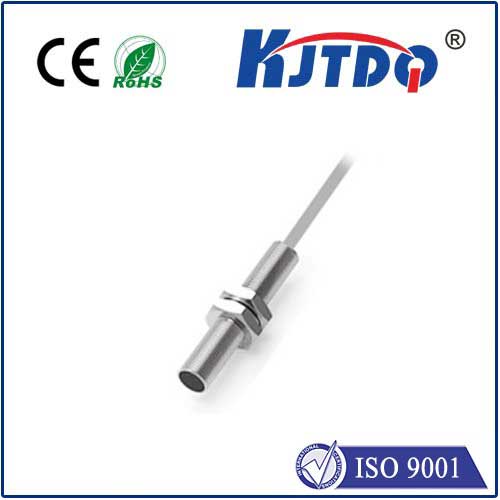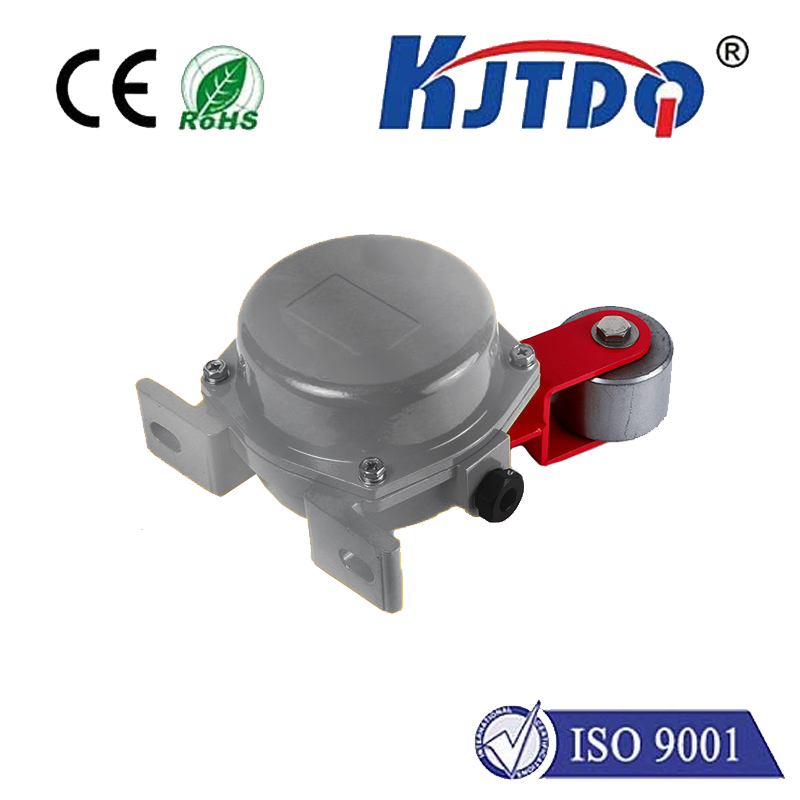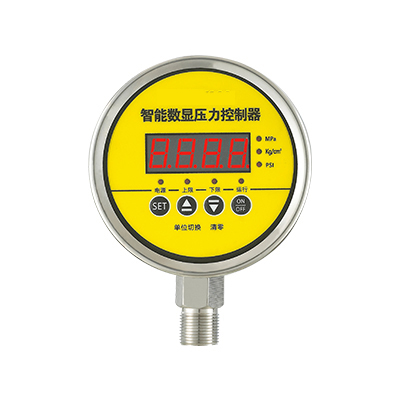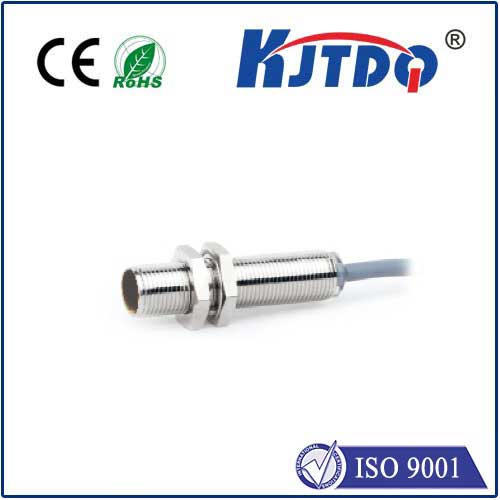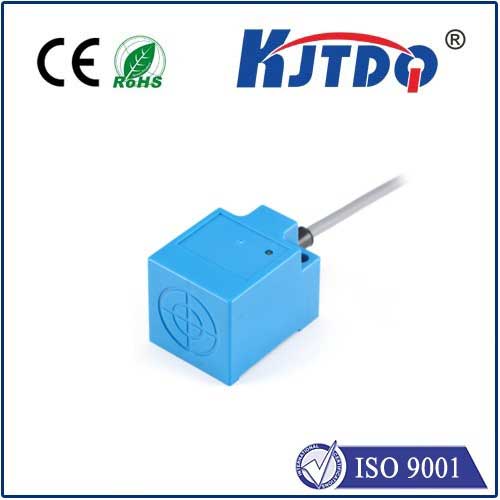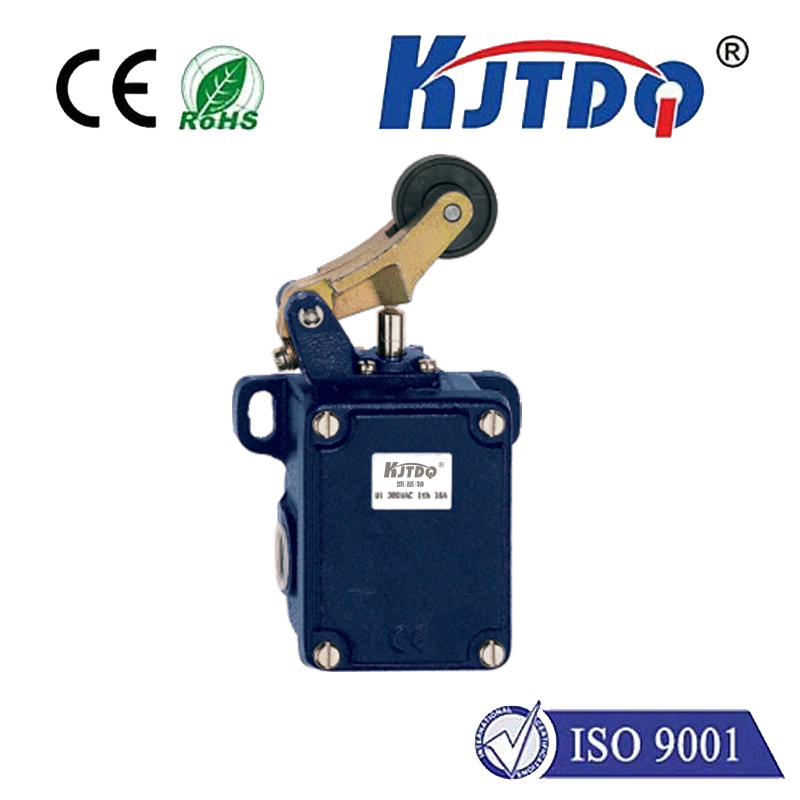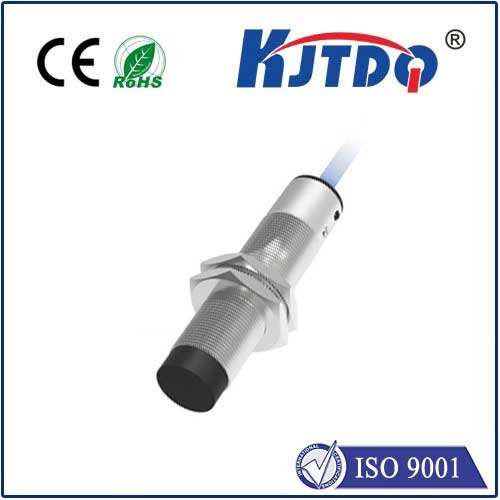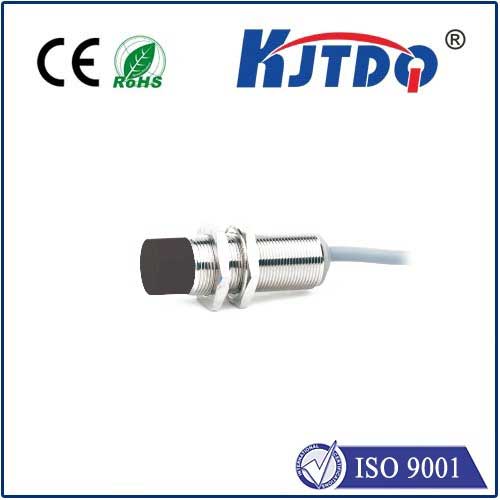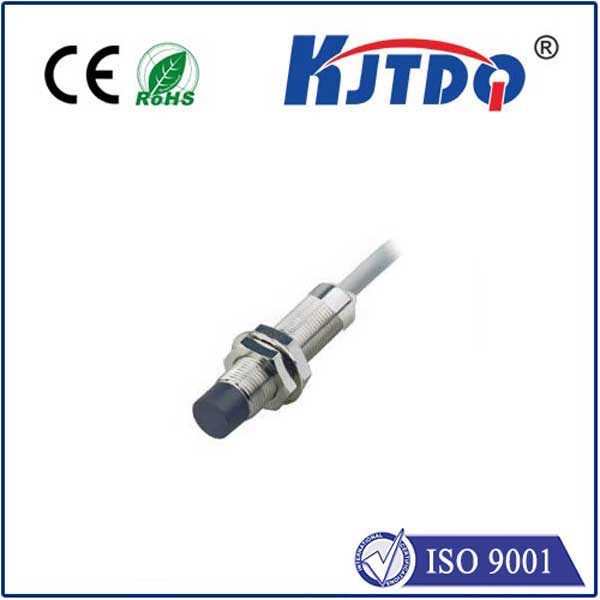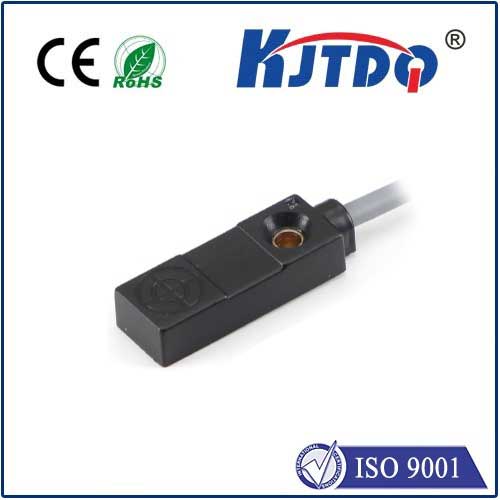BES01NY high pressure proximity sensor
- time:2025-10-13 19:08:52
- Click:0
The Indispensable Guardian: Unveiling the BES01NY High Pressure Proximity Sensor
Imagine a critical production line grinding to a halt. A vital valve fails to signal its position, buried deep within a high-pressure hydraulic system. Contamination risks surge in a pharmaceutical cleanroom because a component’s status remains unknown. These costly scenarios underscore the vital need for reliable sensing in demanding environments. Enter the BES01NY High Pressure Proximity Sensor – a purpose-built sentinel engineered to deliver unwavering performance where standard sensors falter under extreme pressure. This article explores why this specialized sensor is a cornerstone technology for industries operating at the edge.
Demystifying the High-Pressure Proximity Challenge
Traditional inductive proximity sensors excel at detecting metallic objects without physical contact, using electromagnetic fields. However, when deployed in environments subjected to significant external pressure – think deep-sea equipment, high-pressure die casting, hydraulic presses, autoclaves, or specific chemical processing lines – standard sensors face critical limitations. The immense external force can physically distort housings, compromise seals leading to ingress, or even directly interfere with the sensor’s delicate internal electromagnetic field generation and detection mechanisms. The result? Unreliable signals, premature failure, and costly downtime. The BES01NY addresses these challenges head-on, embodying resilience in the face of crushing force.
Exploring the Core Value: Where Does the BES01NY Excel?
The BES01NY isn’t just another proximity sensor; it’s a solution tailored for environments where pressure isn’t just a factor but a dominant force. Its primary value lies in its robust construction and specialized design, specifically hardened to withstand external pressures that would cripple conventional units. Typical applications demanding such robust sensing include:

- Hydraulic Systems: Monitoring cylinder positions, valve actuation, or component presence within high-pressure fluid power circuits.
- Die Casting Machines: Detecting mold clamping positions or ejector pins under immense tonnage pressures.
- Autoclaves and Sterilizers: Ensuring door latches are secure or tray positions are correct within high-pressure, high-temperature sterilization cycles.
- Oil & Gas Downhole/Subsea Equipment: Providing reliable position feedback in exploration or extraction equipment exposed to extreme hydrostatic pressure.
- High-Pressure Testing Rigs: Verifying component positions during pressure vessel or pipeline integrity testing.
- Chemical Processing: Monitoring valves or agitators in pressurized reaction vessels.
In these scenarios, the BES01NY functions as an indispensable watchdog, providing the crucial feedback needed to maintain operational control, safety, and efficiency.
Unpacking the Ingenuity: What Makes the BES01NY Tick?
The resilience of the BES01NY High Pressure Proximity Sensor stems from several key design elements engineered to combat pressure:
- Pressure-Hardened Housing: The sensor body is constructed from exceptionally robust materials, often high-grade stainless steel alloys, specifically chosen and machined to resist deformation under extreme external loads. This ensures structural integrity remains intact.
- Advanced Sealing Technology: Achieving reliable operation under high pressure necessitates hermetic sealing far beyond standard IP ratings. The BES01NY employs specialized seals and welding techniques to prevent pressure ingress from compromising internal electronics or causing leaks – critical for maintaining signal integrity and preventing internal component damage or fluid contamination.
- Optimized Internal Architecture: The sensor’s internal components, including the coil and oscillator circuitry, are carefully designed and secured to minimize sensitivity to pressure-induced stress and potential micro-deformations in the housing. This preserves the stability of its detection field.
- High-Pressure Face Design: The sensing face, the point of highest stress, is often reinforced or designed with pressure-resistant geometries, such as thick-walled or specially contoured sensing faces frequently found on high-pressure models. Some variants use ceramic faces for ultimate pressure resistance.
Beyond Pressure Resistance: Essential Features for Harsh Environments
While its ability to withstand high external pressure is the defining characteristic, the BES01NY typically incorporates features ensuring reliability in the broader spectrum of industrial rigors:
- Extended Temperature Range: Operation across wide temperature fluctuations is common, ensuring stability whether in freezing subsea depths or near hot hydraulic oil.
- Chemical Resistance: Housing materials and seals are selected to withstand oils, coolants, cleaning agents, and sometimes specific chemicals encountered in pressurized processes.
- Robust Electrical Connections: High-pressure-rated connectors or cabling solutions are standard to prevent point-of-entry failures. Common options include M12 connectors with appropriate ratings or ruggedized cable exits.
- Vibration & Shock Resistance: The robust construction inherently provides excellent resistance to the mechanical shocks and vibrations prevalent in heavy machinery like presses and die-casting equipment.
- Immunity to Electromagnetic Interference (EMI): Maintaining signal accuracy is paramount, often ensured through internal shielding against EMI common in industrial settings.
- Modern Connectivity (IO-Link): Many advanced variants, including the BES01NY, now feature IO-Link communication. This transforms the sensor from a simple switch into a smart device, enabling remote configuration, detailed diagnostics (health monitoring), and the transmission of process data beyond just ON/OFF states – a significant leap for Industry 4.0 integration within high-pressure systems.
The Impact: Why Choosing the Right Sensor Matters
Selecting the BES01NY High Pressure Proximity Sensor isn’t merely a component choice; it’s an investment in operational resilience and cost efficiency. Its ability to deliver dependable operation under crushing pressure directly translates to:
- Minimized Unplanned Downtime: Preventing sensor failures caused by pressure eliminates costly production stoppages and emergency maintenance.
- Enhanced Process Safety: Reliable position detection in critical high-pressure systems (like safety interlocks on autoclave doors) is fundamental for preventing hazardous incidents.
- Increased Equipment Lifespan: Robust sensors endure harsh conditions longer, protecting the investment in the larger machinery.
- Reduced Maintenance Costs: Designed for longevity and reliability in extreme conditions, these sensors lower the total cost of ownership by requiring fewer replacements and less frequent servicing.
- Improved Process Control & Quality: Consistent, accurate sensing ensures processes run as intended, leading to higher product quality and yield.
A Critical Tool for Demanding Applications
The BES01NY High Pressure Proximity Sensor represents a pinnacle of adaptability built for environments where relentless pressure is a constant adversary. Its specialized construction, combining pressure-resistant materials, hermetic sealing, and optimized internals, provides the durability and unwavering reliability essential for mission-critical sensing in heavy industry. Whether ensuring the safe operation of an autoclave, guaranteeing the precision of a hydraulic press, or delivering vital feedback from the ocean depths, this sensor stands as a testament to engineering resilience. For engineers and maintenance professionals grappling with the challenges of high-pressure applications, the BES01NY isn’t just an option; it’s the definitive solution for safeguarding operations where failure simply isn’t an option. Its role in maintaining seamless, safe, and efficient industrial processes under extreme duress is undeniable.






